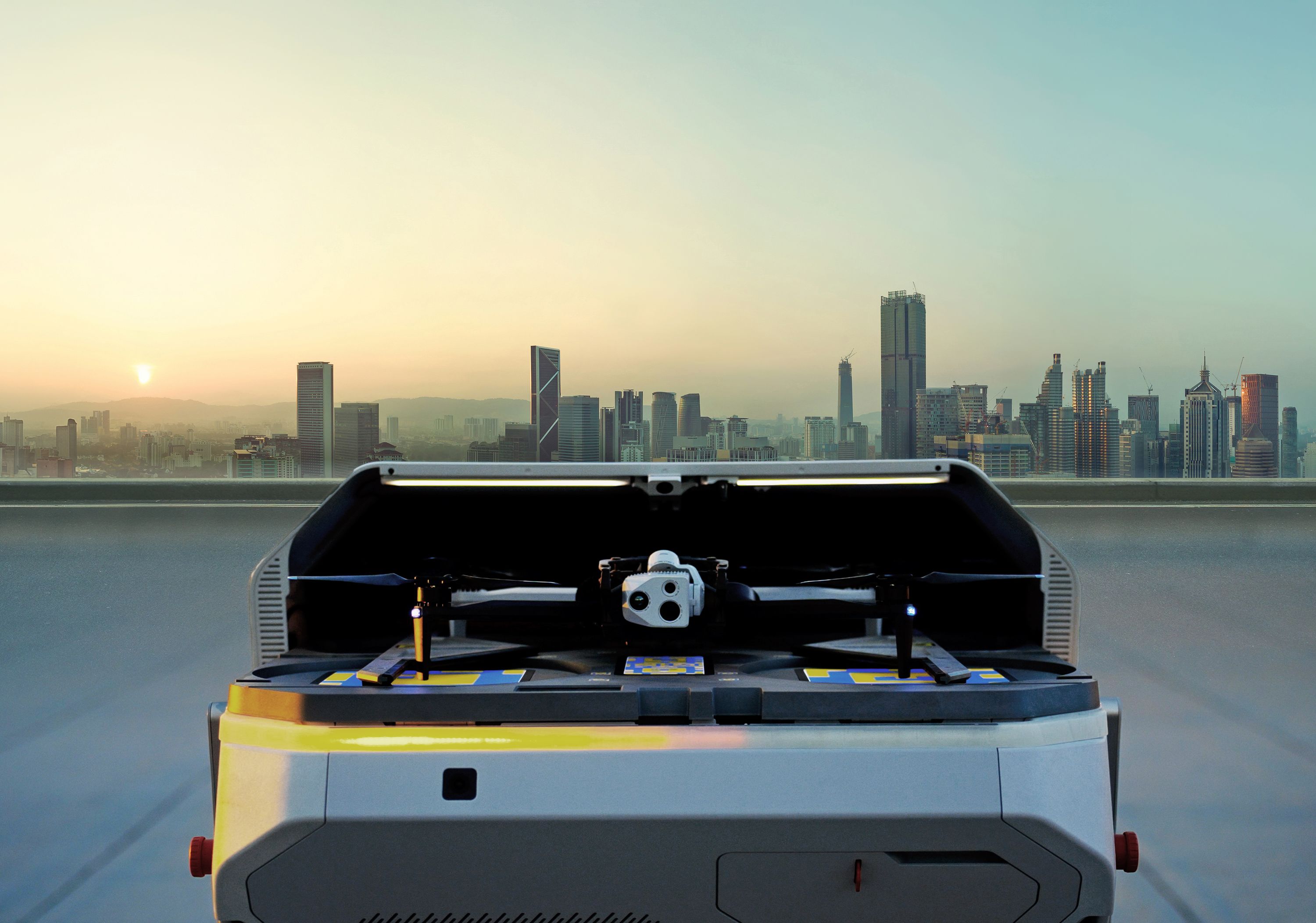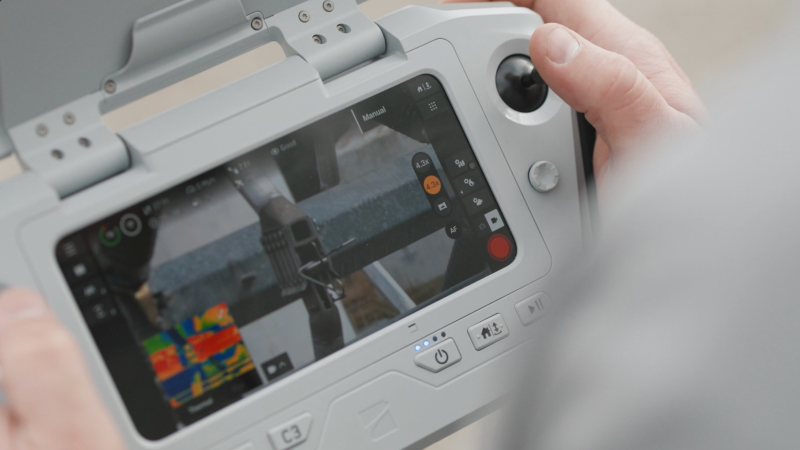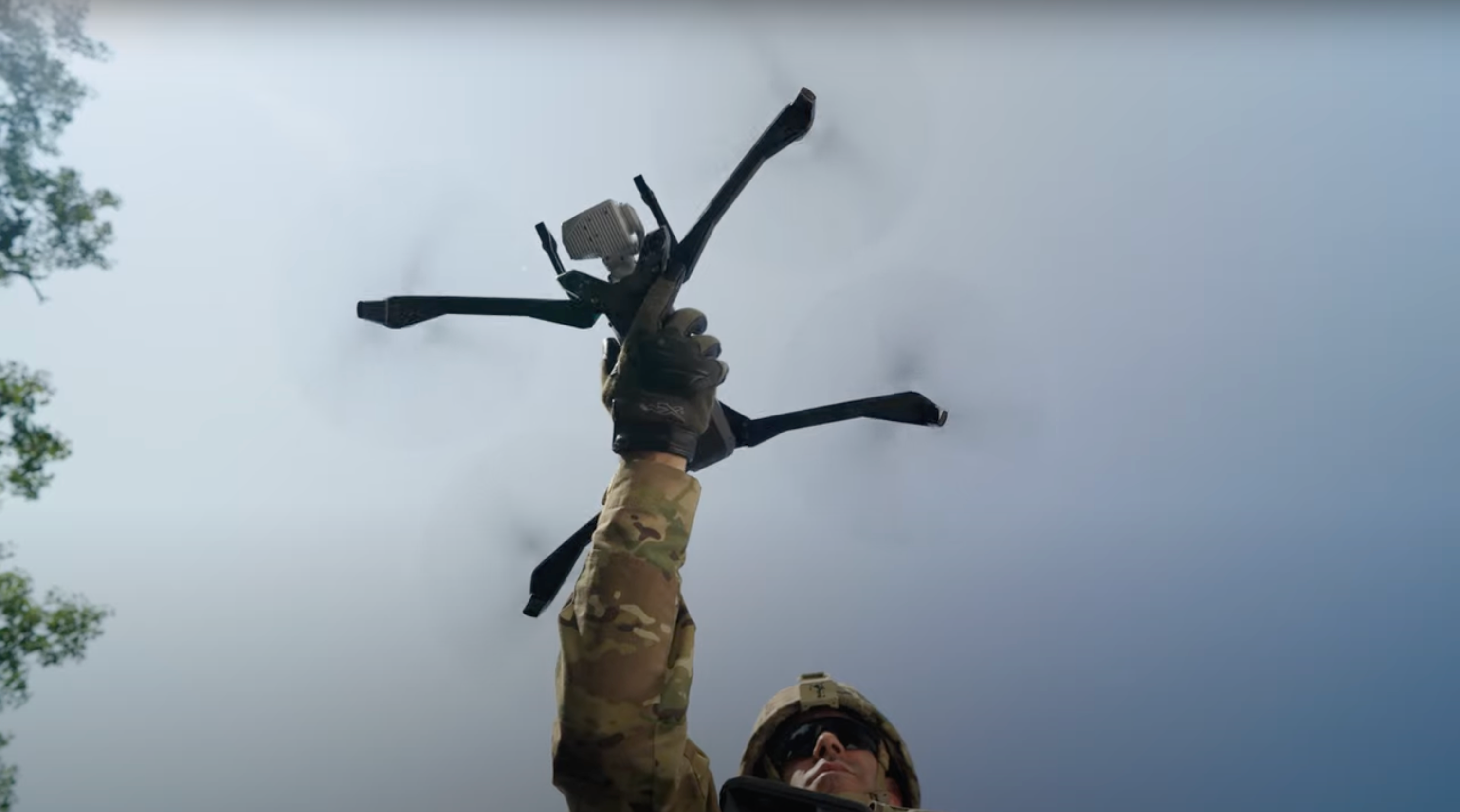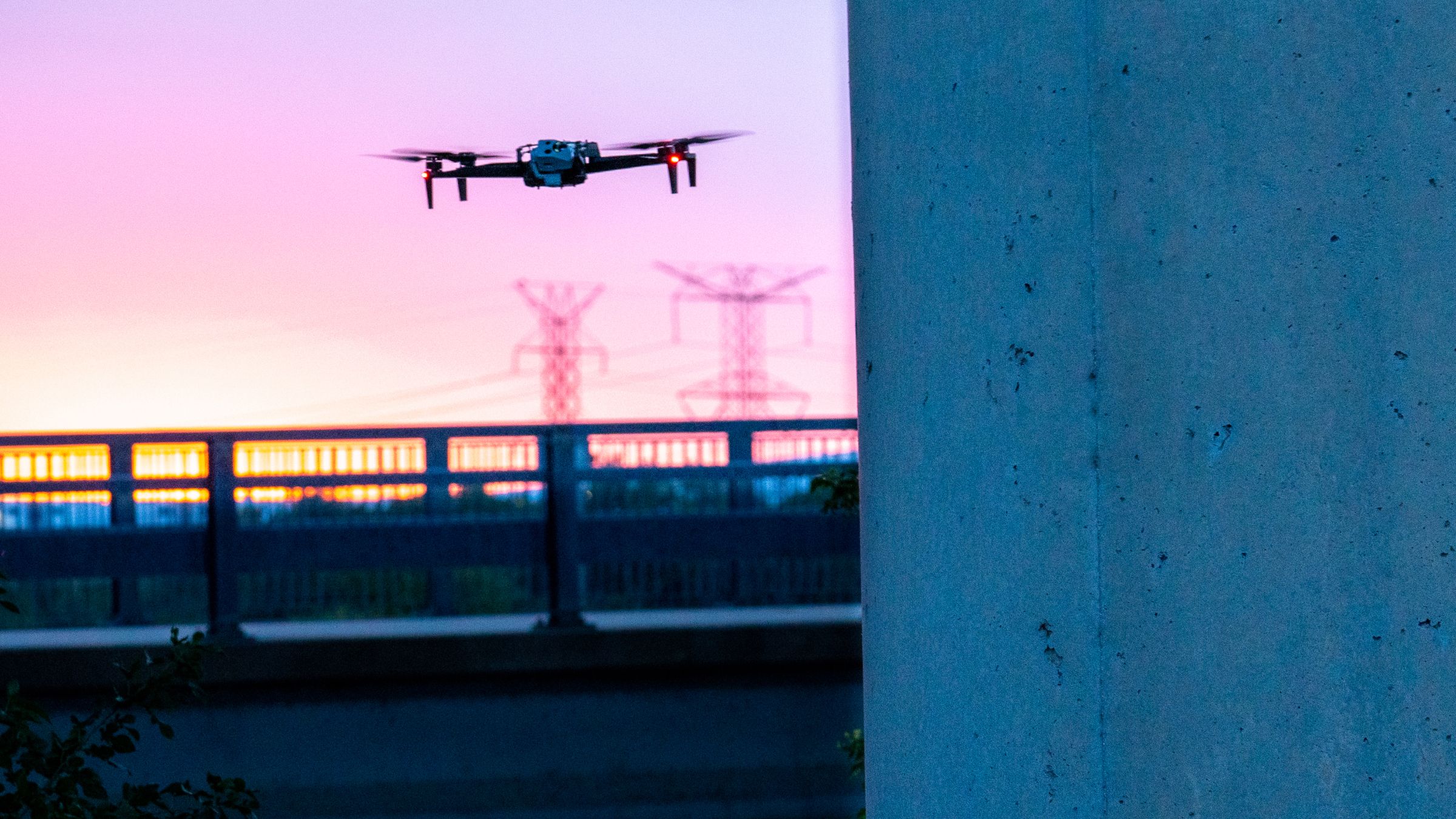American Leadership for the Next Century of Aviation
The Wright brothers invented the airplane in 1903, and America has been at the forefront of civil and military aviation ever since. That leadership position has been central to our economic success and our national security for the last hundred years.
And while the last century of aviation was gas powered and largely crewed, the next century will be electric and largely uncrewed. Drones are the first important category of device in this next chapter of aviation. But China - not the US - has dominated the first decade of drones. Most radio-controlled helicopters and airplanes were made in China starting in the early ‘90s, and most consumer electronics have also been made in China for the last few decades. Drone hardware is the combination of R/C airplane components and consumer electronics components, and leveraging this foundation Chinese companies have been the dominant force globally in the drone industry. They make very impressive hardware, they enjoy the direct support of the CCP, and they also run extremely aggressive competitive tactics like intimidating their distributors out of selling competing products and targeted undercutting of pricing.

But the key to understanding the drone market is recognizing that it’s still in its infancy. As important and impactful as drones have become, the technology is still nascent. I am just getting back from a week in Ukraine where drones are used at a staggering scale. It’s similar to the rapid adoption and application of airplanes in World War I. They have big drones, small drones, winged drones, multirotor drones, surveillance drones, FPV kamikaze drones, and decoy drones. When speaking with executives at our customers in the US, I sometimes say that drones have proven they can be useful, but that they are on their way to becoming essential. Necessity and ingenuity have pulled forward that future in Ukraine.
Like the rest of the world, Ukraine has a heavy dependence on Chinese drones, but it is an extremely fragile and dangerous dependency. Chinese drones are hostile to their interests - new Chinese export controls restrict their access, and the platforms themselves must continually be hacked to stop them from giving away data to their Russian adversaries and to survive Russian electronic warfare.
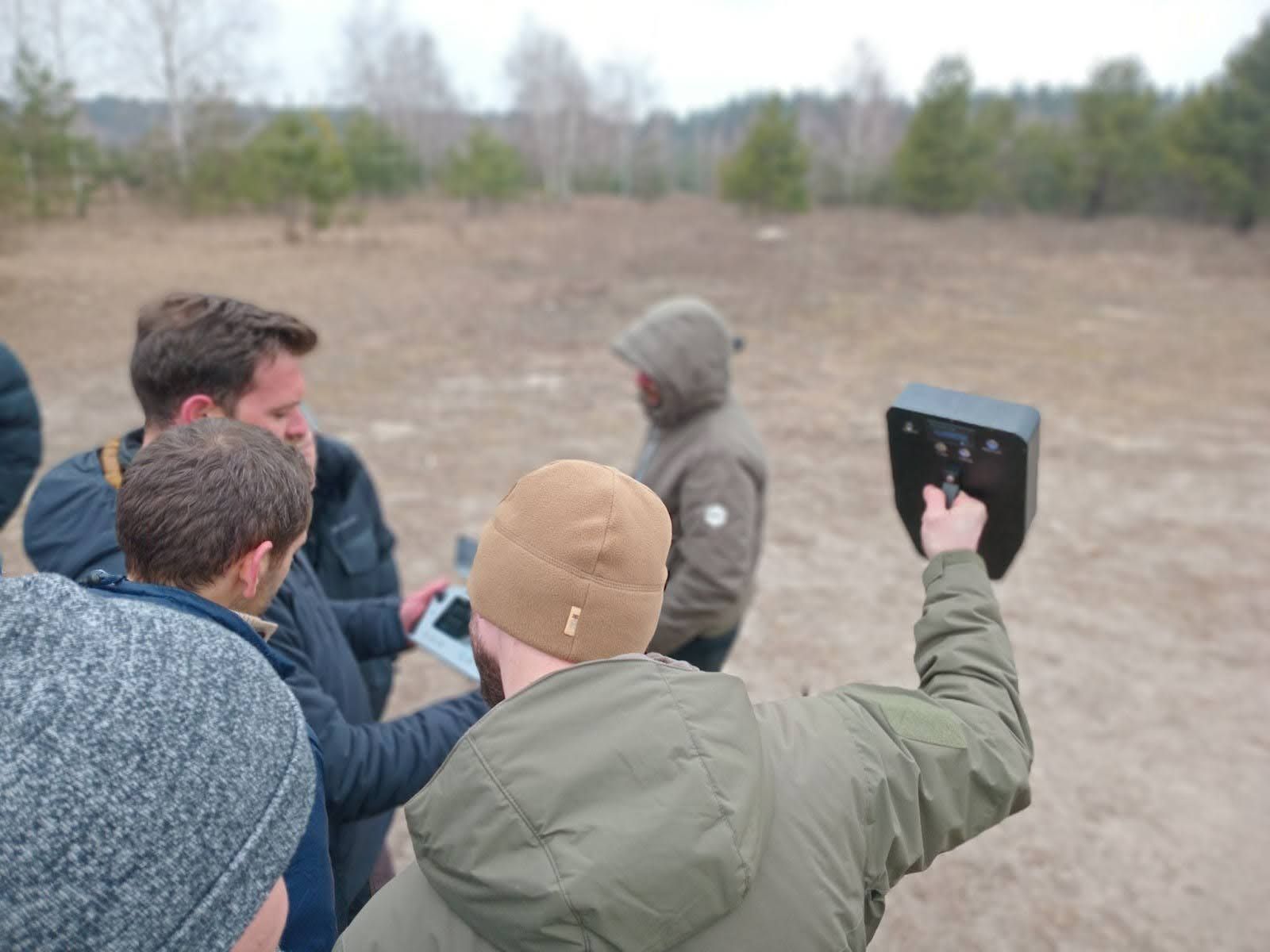
The nascency of drone technology presents a challenge and an opportunity. AI and autonomy will become the defining characteristics of drones, expanding their usage from 1:1 tools where one pilot controls a single drone, to 1:many teammates where one operator controls many autonomous drones at massive scale, giving superpowers to their human operators. It would be completely insane to accept a future where we depend on our geopolitical adversaries to supply these drones, but the technology shift towards AI and autonomy also presents an opportunity for the US to stage a comeback. Skydio embraces this challenge. We aspire to be the first great flying robotics company - to build intelligent autonomous uncrewed systems that operate in the real world and do useful work to keep people safer and help them do their jobs better.

We bet early and big on computer vision and AI, but we also bet early and big on the tight integration of hardware, software, and manufacturing. The miracle of biological systems is a story of tight integration (co-evolution) of hardware (the body) and software (the mind), and that’s exactly what it takes to build great robots. The western world, and Silicon Valley in particular, has largely outsourced hardware, but if we want to dominate this next, most important, category of technology we must be great at hardware, software, and their complex integration on the manufacturing line.
When we started Skydio in 2014, few believed that an American company could compete in a market dominated by companies subsidized by the Chinese government, and it’s true that competing against a country, not just a company, is difficult. Over the years, we’ve seen most of our peers go out of business, unable to compete in a market distorted by anti-competitive practices.
Today we are the first dual use American drone company to manufacture products at scale. We have shipped more than 40,000 drones and now build thousands of systems a year at our facility in California. We serve more than 2,000 enterprise and government organizations, spanning every branch of the US military, 360 public safety agencies in all 50 states, 150 energy utilities, plus hundreds of construction companies, transportation agencies, and more, with customers around the globe. We are building the world’s best automated data capture platform - our flying robots are designed to put sensors in the most dangerous and important places to access critical information and make better decisions for better outcomes.
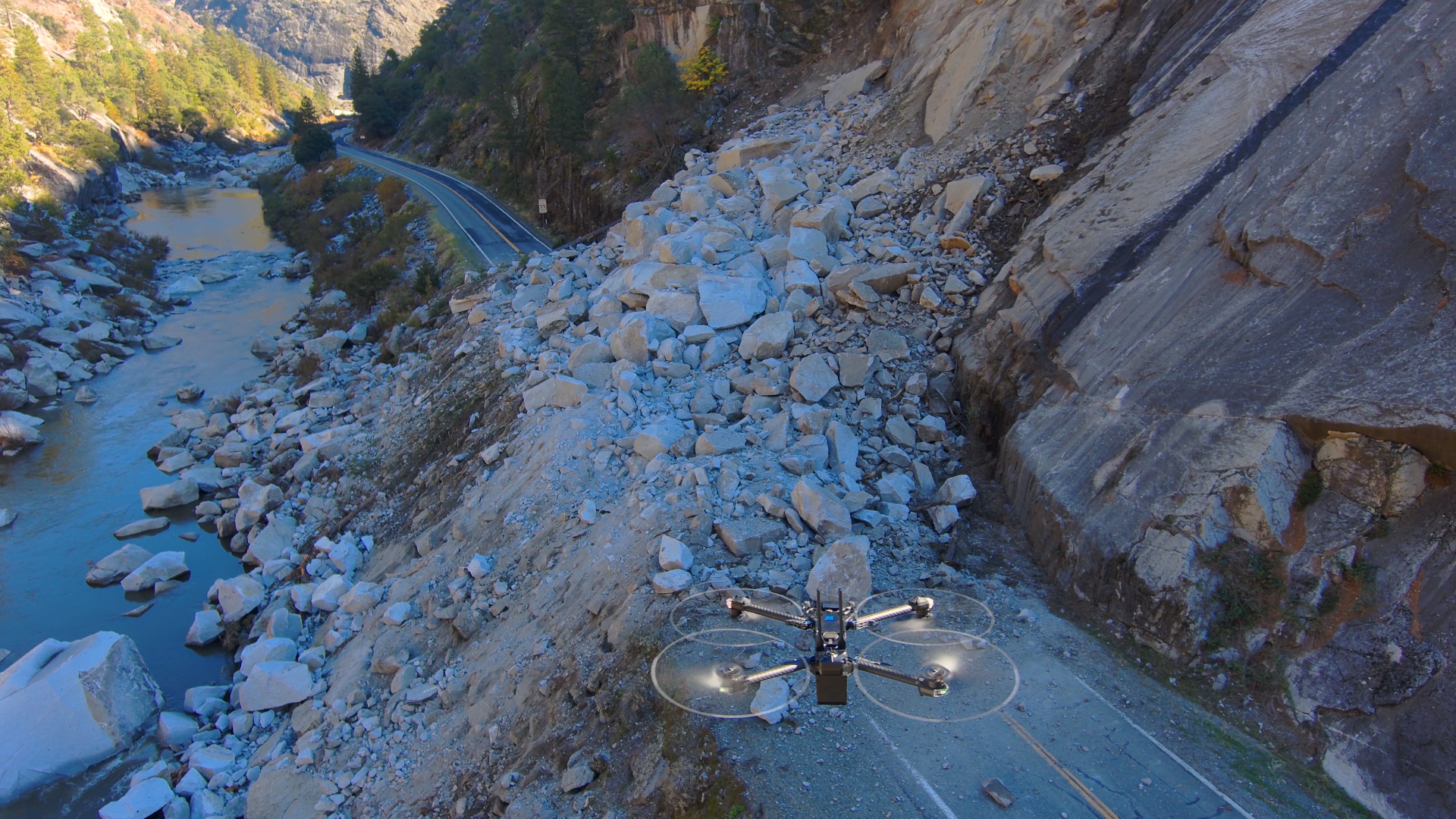
We win customers on the strength of our products and being a trusted, collaborative partner to solve their most important problems. The vast majority of our customers have no restrictions on what drones they can buy. They choose Skydio because our drones are easy to fly, hard to crash, and capable of automating complex workflows.
But, if autonomy is the dominant trend in the industry, a secondary trend is security. The U.S. government has clearly identified drones made in China as a threat to national security. Federal agencies across multiple administrations - DoD, FBI, DHS, Commerce, and Treasury - along with bipartisan members of Congress have been at the forefront of addressing cybersecurity and national security risks associated with Chinese-made drones. Beginning in 2017, the U.S. military began to restrict the use of Chinese-made drones based on security vulnerabilities.
The idea that Skydio or allied drone companies are responsible for increasing restrictions on Chinese drones is a myth. For more than a decade, the U.S. and allied governments have warned of the risks of reliance on insecure technology beholden to China’s national security laws, from 5G equipment made by Huawei and ZTE to security cameras made by Hikvision to Tiktok to cranes made by ZPMC. Drones are a single dot on a much larger trendline.
We proudly engage in advocacy to help promote American leadership for the next century of aviation. We push for regulatory frameworks to enable scalable, autonomous, safe beyond visual line of sight flight. We advocate for funding to help our government customers expand their programs. And, as experts on the technology, we share our perspective on the national and cyber security stakes with drones. Ultimately, it’s up to democratically-elected policy makers to decide what’s in the best interest of their constituents, and overwhelmingly, across both political parties, across a wide range of technologies, they are taking action to protect our national and cyber security and promote competition.
The only stable, long term solution is to have superior products and technology made by US companies or trusted allies. We have raised - and spent - hundreds of millions of dollars in venture capital in service of accomplishing this goal. We’ve built world-leading AI and autonomy with a lean, mean team, while furiously working to catch-up on all of the different aspects of hardware it takes to have a great enterprise-grade drone from the camera sensors to the wireless system. And Chinese companies have furiously been trying to copy the AI and autonomy capabilities we began shipping with Skydio R1 six years ago.
Fortunately, Skydio is not alone. A new breed of drones made by companies like Freefly Systems, Wingtra, Brinc, Zipline, and more are proving that US and allied companies can compete and win on the global stage. The best way to predict the future is to invent it, and we’re doing everything we can to invent and build the future of flying robots here in America.
